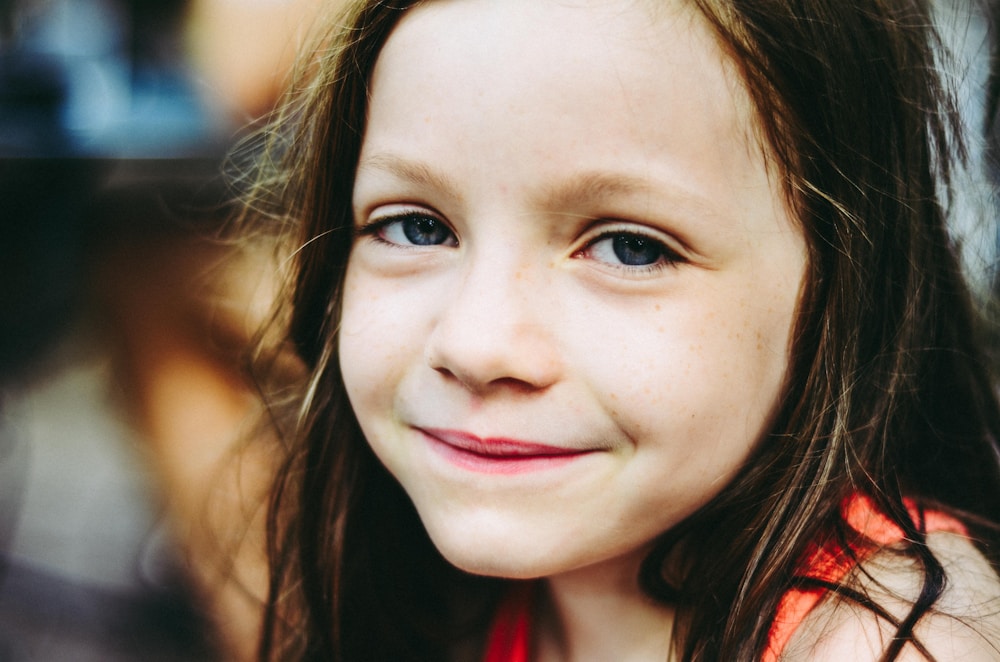There are many myths about Child Abuse but one myth is true, child abuse is a serious problem that affects many children around the world.
Sometimes, people believe things about child abuse that are not true.
These false ideas, or myths, can make it harder to protect children.
Let’s look at some common myths about child abuse and the truths behind them.

Myth 1: Child abuse only happens in bad neighborhoods or low-income families.
Myth 2: Only strangers hurt children.
Myth 3: Physical abuse is the only kind of abuse.
Myth 4: If a child doesn’t tell anyone, they must be okay.
Myth 5: It’s easy to tell if someone is an abuser.
Myth 6: Children often lie about being abused.
Myth 7: Abuse doesn’t have long-term effects.
Truth: Child abuse can happen anywhere, no matter where someone lives or how much money they have.
It affects children in all kinds of families, rich or poor, in every neighborhood.
Abuse is about the behavior of the abuser, not the family’s income or where they live.
Truth: Most of the time, children know the person who is hurting them. It could be a parent, relative, teacher, coach, or another trusted adult.
Teaching children about safe and unsafe behaviors is more essential than warning them only about strangers.
Truth: Abuse can take many forms. Physical abuse is one type, but there is also emotional abuse, sexual abuse, and neglect.
Neglect happens when a child doesn’t get the care, food, or attention they need. All forms of abuse can harm a child’s body, mind, and feelings.
Truth: Many children don’t tell anyone they are being abused because they are scared, confused, or ashamed. Just because a child doesn’t talk about abuse doesn’t mean it isn’t happening.
Adults need to watch for signs of abuse and listen to children if they share something that worries them.
Truth: Abusers don’t always look or act scary. They can seem friendly, helpful, or kind to others. This makes it harder to spot them.
That’s why focusing on behaviors and actions is essential, not just how someone appears.
Truth: Most children do not lie about abuse. It takes a lot of courage for a child to speak up, and they usually tell the truth.
If a child says they are being hurt, taking them seriously and getting them help immediately is essential.
Truth: Abuse can leave lasting scars on a child’s mind and body. It can affect how they feel about themselves, their ability to trust others and their future relationships.
With the proper support and care, children can heal and grow stronger.
We all have a role in protecting children. Here are some ways to help:
By understanding the truth about child abuse and acting to protect children, we can make the world a safer place for everyone.
